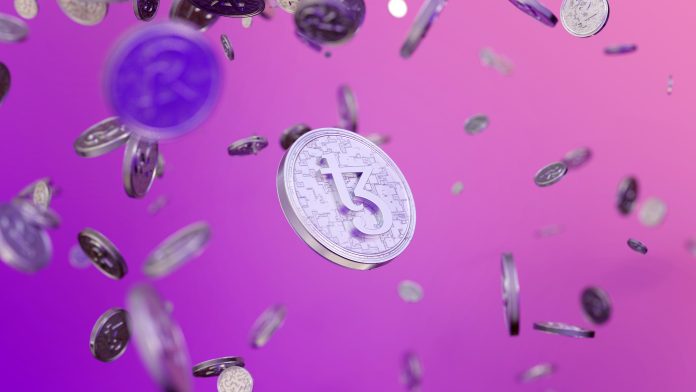There is hardly anyone who hasn’t heard about cryptocurrencies. Ever since the launch of Bitcoin in 2009, these virtual currencies have taken the world by storm. Be it social media, news, or even offline discussions, there is almost always a mention of crypto.
And, it’s not just limited to discussion and buzz. Millions of people have also invested and made profits from their crypto investments. This wave of interest in crypto led to the launch of newer currencies after Bitcoin. In fact, now more than 14,000 cryptos exist.
Out of all these, two cryptocurrencies that are often compared with each other are Polygon and Tron.
If you also want to know more about these two exciting currencies or plan to invest in them, this guide is all you need.
What is Polygon?
Launched in 2017, Polygon, previously known as the MATIC network, is a platform that allows developers to create and deploy their own decentralized applications and sovereign blockchains. It is an India based platform that was created to correct problems associated specifically with the Ethereum network.
The network called itself ‘Ethereum’s internet of blockchains’ in its white paper. This was because its main objective was to create scalable solutions that can be aligned with the existing and future infrastructure of Ethereum.
This enables different blockchain networks to connect with each other with increased flexibility and functionality.
MATIC is the native token of the Polygon network that is currently ranked amongst the top 15 cryptocurrencies in the world. If you wish to buy Polygon, get to know its conversion rates.
How does Polygon work?
Polygon’s sidechain functions on the Proof-of-stake consensus. Its validators, nodes, and tokens are similar to other networks except that the exchanges are clustered over the main chain of Ethereum.
Using this platform can increase the scalability and flexibility of the blockchain project while maintaining security, interoperability, and infrastructural benefits.
What is Tron?
Launched in July 2018 by Justin Sun, Tron is also an equally ambitious project that aims to solve a very relevant real-world problem. The Internet today hardly functions the way it was envisioned as. There are geographical restrictions, censorship, and middlemen eating away the profits of content producers.
Tron was created to democratize and decentralize this very internet and challenge the very workings of the media giants. It aims to allow content producers and consumers to interact directly without any middlemen eating away the monies.
The native currency of the Tron network is known as Tronix (TRX). It is used by content consumers to pay a transaction fee on the network and also to pay directly to the content creators to access their content. If you wish to diversify your portfolio and buy Tron, get to know its latest prices first.
How does Tron work?
The Tron network relies on a Proof-of-stake network that secures its blockchain. It also supports non-fungible tokens and Dapps. The smart contracts are executed through the TVM (Tron Virtual Machine), which works on a triple-layer architecture. These include the core layer, application layer, and storage layer.
It processes almost 2,000 transactions per second. Besides focusing on content creation, Tron also allows decentralised finance applications and BitTorrent services.
While both currencies have great potential to offer solutions to real-world problems and have positive long-term price predictions, you must remember that the crypto markets are extremely volatile. Prices are known to rise and crash within a few hours on the same day. Any investment decision that you make must be made on solid footing. Assess your risk appetite and goals of investing in crypto before parting with your hard-earned monies. Keeping yourself updated about the latest news and trends in cryptocurrencies also helps. For this, you can rely on independent and unbiased platforms such as Coinswitch.












